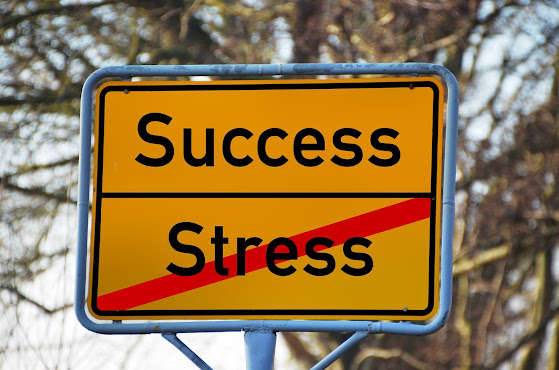Recent research has shown that young people frequently experience mental health issues. About 1 in 5 youngsters between the ages of 13 and 18 have a major mental health issue, according to the National Alliance on Mental Illness (NAMI).
Furthermore, according to the Journal of the American Medical Association (JAMA), only about half of all diagnosable mental problems in children receive treatment. Since the COVID epidemic began, this data has only gotten worse as anxiety, sadness, behavioral problems, and childcare-related concerns have all been on a discernible rising trend (JAMA).
Inadequate, incorrect, or missed diagnoses of mental health, behavioral health, or learning difficulties in young people are unfortunately possible. The reasons behind these situations are complex and may include, among other things, factors like unreliable testing environments, incorrect assumptions based on stereotypical identifiers, the similarity of symptoms between mental health conditions, and a young person's ability to conceal their conditions. These problems may result in inadequate or nonexistent assistance, which may be harmful to a young person's social, emotional, academic, and behavioral standing.
Taking Initiative: First Steps
Take action as soon as you believe your kid has a mental health issue to ensure that the right actions are taken to meet their needs. Recognizing the kind of disease is the initial stage in this procedure. In general, biological, psychological, and behavioral aspects that affect general health are included in mental health problems (NAMI, n.d.). Behavior issues frequently revolve around choices and responses to the surroundings. The capacity to process, store, retrieve, and act on information is impacted by learning difficulties (NASET, 2022).
Contact your child's school as soon as you are aware of their need(s). Contact the instructor, guidance counselor, and even a member of the administration of your child's school via phone or email. Express your worries and ask for a meeting to discuss your findings and decide the next actions. Asking the school psychologist or a member of the school resource team for advice can be a good option. Normally, if necessary or if the school has a suspicion that a disability or condition may be present, these staff workers can also conduct testing to identify propensities for particular disorders.
Be careful to communicate with other adults in your child's life (coaches, after-school caregivers, tutors, etc.) during the time between your initial contact with the school and your meeting with them to discuss the next steps to get a feel of what they have seen. Speaking with your child's physician might also be beneficial. They could provide you evaluation tools or link you to outside resources for more information gathering and assistance. A mental health expert may discuss potential tests or diagnostic tools that could assist create a clear picture of your child's needs, so you could also find it helpful to speak with them.
Ask about the many student support plans that could be offered and the adjustments that these plans provide when you meet with the school to discuss the next steps. To ensure that you are aware of your rights as a parent or guardian, research the Individuals with Disabilities Education Act (IDEA), Section 504 of the Rehabilitation Act, and Due Process.
Keep a record of all conversations, observations, and meeting notes. To make sure everyone is on the same page and goes on with a firm knowledge of duties and responsibilities, send summaries to the stakeholders involved following these interactions and meetings, if at all feasible.
Seek assistance if you believe your kid has a mental health condition. Your child can achieve success on all fronts provided they receive a good diagnosis and a course of therapy that fits their unique requirements.
Visit the Psychology Today Therapy Directory to locate a therapist in your area.


Comments
Post a Comment